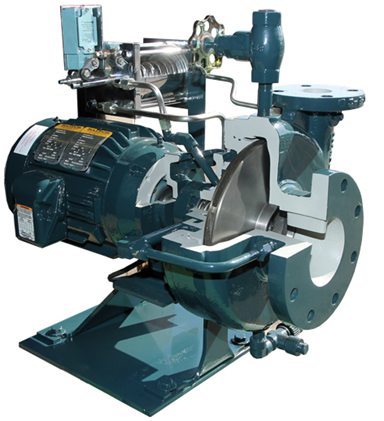Evaporator Recirculation Rate/Ratio
- MySafety LLC

- Sep 4
- 3 min read
Updated: Sep 4
As you progress in your refrigeration career, the topic of recirculation rate/ratio (RR) for evaporators will eventually become a subject of discussion. RR appears to be a straightforward relationship to grasp, yet it is frequently misunderstood.
We need to discuss one of the initial differences, which is the distinction between the terms rate and ratio. It is sometimes called the recirculation rate or recirculation ratio. A ratio compares two quantities with same units, while a rate compares two quantities with different units. A standard ratio comparison for example is comparing the quantity of blue cars to red cars in a parking lot. If there are 2 blue cars and 3 red cars, the ratio would be 2:3 (2 to 3). An example of a rate is the comparison of miles per hour for driving a car. When a car travels at 25 miles per hour (mph), it compares two different quantities: distance (miles) and time (hours). Whether using the term rate or ratio, recirculation rate/ratio (RR) compares the amount of mass liquid refrigerant entering the evaporator to the amount of mass vapor exiting. We'll leave it to you to decide which term, rate or ratio, is "technically" correct. We have seen both terms used interchangeably, and essentially, either term is acceptable for the purpose of this discussion.
Understanding the RR is crucial because it enables an operator or technician to comprehend the equipment's design capabilities and for making necessary adjustments. A great way to illustrate RR is by assessing the RR for a dry/direct expansion (DX) evaporator. The DX evaporator typically doesn't receive an RR rating because it's known that a DX evaporator only has superheated vapor at the outlet. However, it's a useful starting point for this discussion. If 1 pound of liquid refrigerant is supplied to a DX evaporator and that same 1 pound is completely evaporated, the RR is 1:1. In other words, 1 pound of liquid enters, and that same 1 pound is evaporated to vapor. This doesn't generate an additional pound of refrigerant from the 1 pound provided; it merely changes the 1 pound supplied from liquid to vapor. Many mistake a 1:1 ratio to mean there are 2 pounds of refrigerant. Or interpret 3:1 RR as totaling 4 pounds, which is incorrect when analyzing recirculation rate/ratio.
The Evaporator RR differs from typical ratio relationships like the blue and red car example mentioned earlier; evaporator RR is an INVERSE RATIO. RR is the inverse of the evaporator outlet vapor amount. Overfeed evaporators can have a RR anywhere from 2:1 - 8:1 or more, this all depends on the purpose and application of the equipment. We can analyze the inverse relationship of RR by calculating the percentage for any given RR.
If the RR is 2:1, divide 1 by 2 to get 50% vapor
If the RR is 4:1, divide 1 by 4 to get 25% vapor
If the RR is 8:1, divide 1 by 8 to get 12.5% vapor
What does this indicate? With a RR of 4:1, the evaporator outlet has 25% of the mass flow is in the vapor phase, while the other 75% is still in the liquid phase. The 4:1 RR is stating that the wet suction return line consists of 3 parts liquid and 1 part vapor. Here's an alternative way to grasp RR: subtract 1 from the initial number. For example, if the RR is 8:1, subtract 1 from 8, indicating that the evaporator outlet contains 7 parts liquid and 1 part vapor. A 6:1 RR means you begin with 6 parts liquid, one of which has turned into vapor, leaving 5 parts liquid at the outlet. Keep in mind that you cannot have more than what was initially provided to the evaporator.
This topic might initially appear to be common sense, but it can surprise people if they don't grasp what the recirculation rate or ratio signifies. The crucial point is recognizing that it's an inverse ratio relationship.
Stay tuned to the MySafety blogs. Reach out to us if you have additional questions or concerns. Our team will be pleased to assist you.
Our community can't grow without you, and we deeply appreciate your support.
Please LIKE, SHARE, and FOLLOW our content on social media platforms.
Join our newsletter mailing list to stay up to date on our latest blogs/articles and information.
KEEP IT COOL & SAFE!





Comments